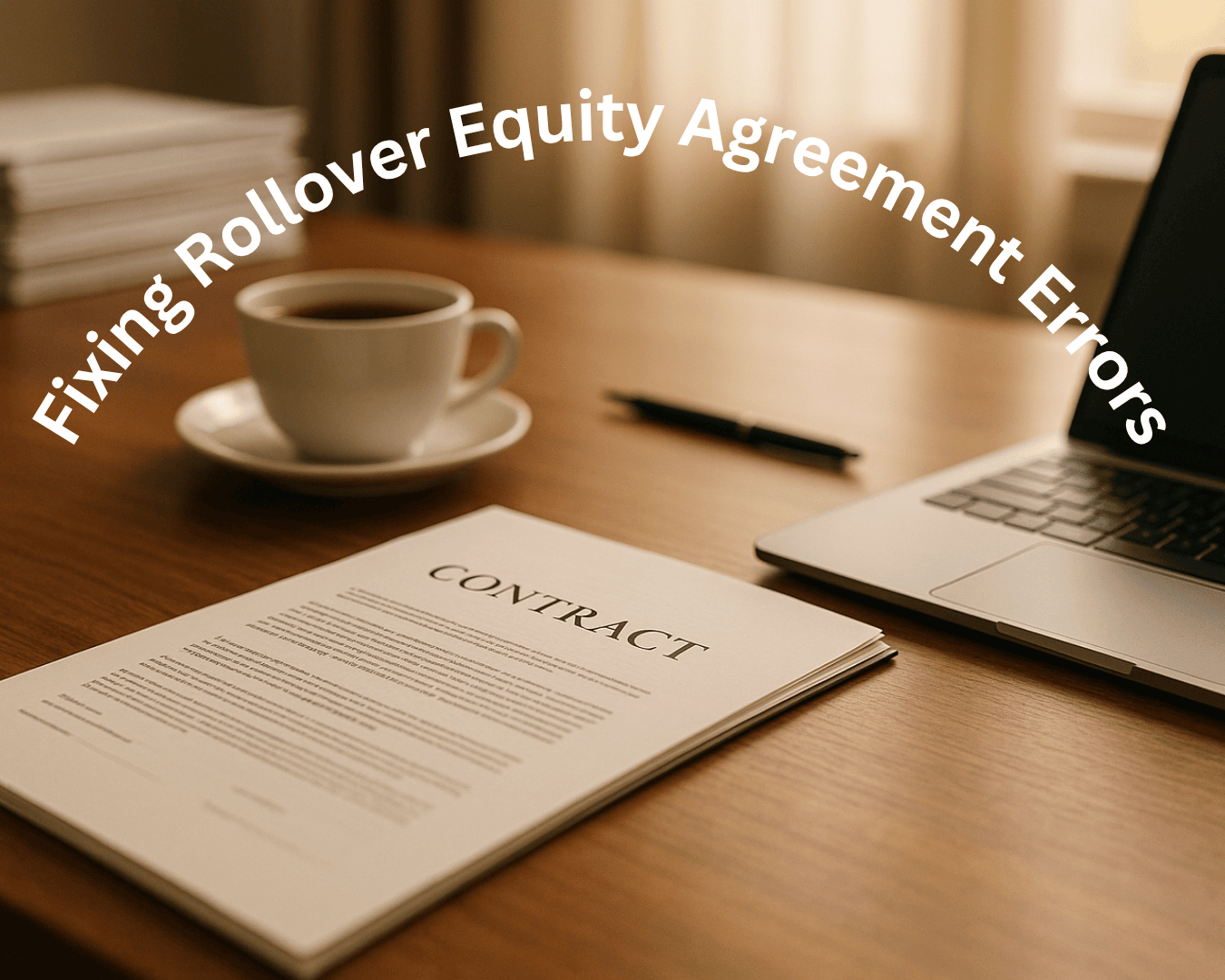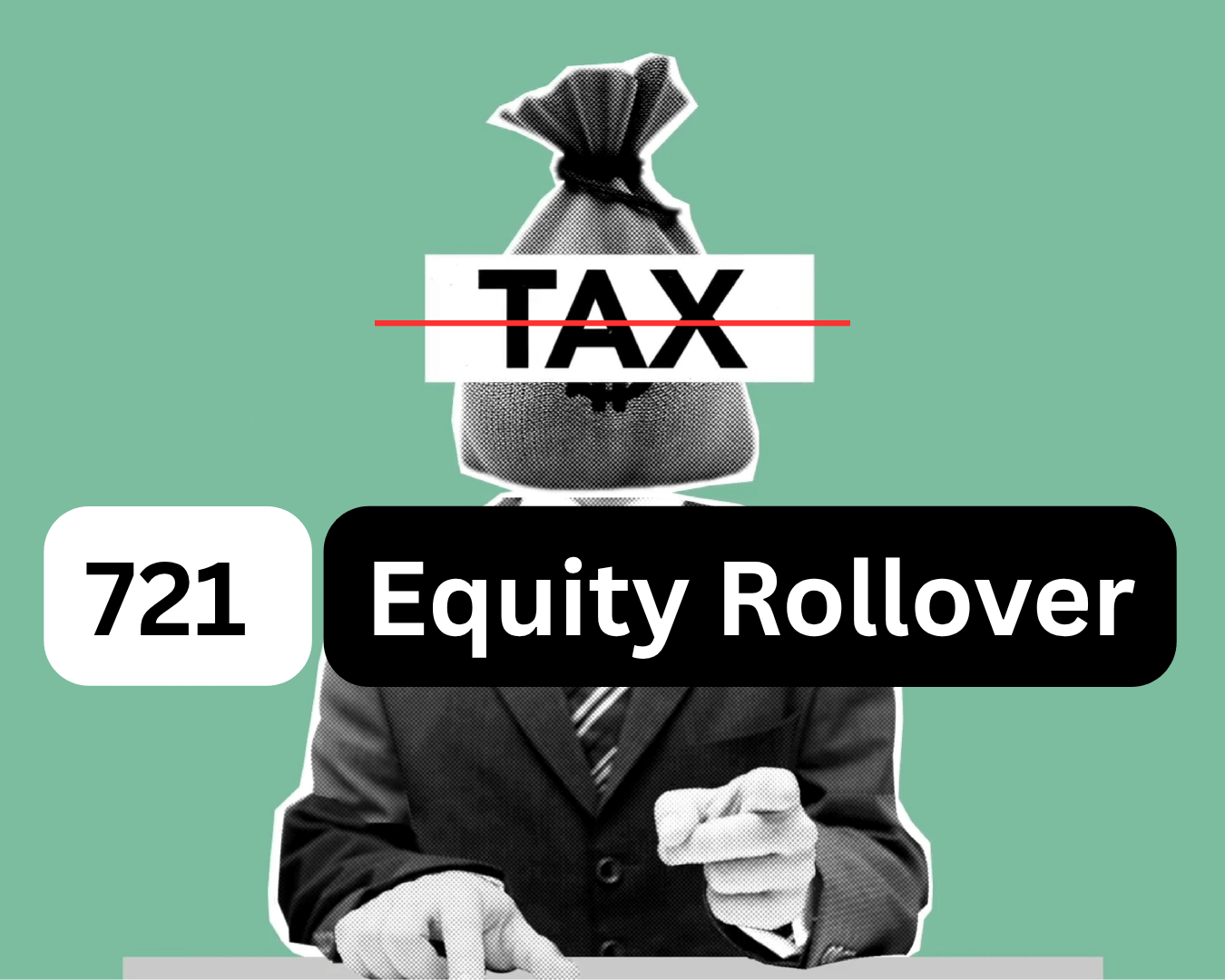A business acquisition loan helps you purchase an existing business, covering assets, inventory, and goodwill. It's often less risky than starting a new business, as you're buying into an already operational and profitable entity. These loans can also provide funds for working capital or improvements post-acquisition.
Here’s what you need to know:
- Types of Loans: Popular options include SBA 7(a) loans (up to $5M with favorable terms), SBA 504 loans (ideal for real estate-heavy purchases), traditional bank loans (strict criteria), seller financing (flexible terms), and online lenders (faster approvals but higher interest rates).
- Eligibility: Lenders assess your credit score (preferably 650+), financial stability, and the business's profitability. You'll need tax returns, financial statements, and a business plan.
- Documentation: Key documents include personal financial records, business tax returns, a purchase agreement, and an independent business valuation.
Platforms like Clearly Acquired can simplify the process by connecting you with lenders, helping with documentation, and providing financial tools. To qualify, focus on improving your financial profile, preparing a solid business plan, and maintaining clear communication with lenders.
How to Get an SBA Loan for an Acquisition (With Examples!)
Types of Business Acquisition Loans
When it comes to financing the purchase of a business, buyers have several loan options to choose from. Each type comes with its own set of features, requirements, and benefits, making them suitable for different needs and borrower profiles.
SBA 7(a) and SBA 504 Loans
The Small Business Administration (SBA) 7(a) loan program is a popular option for financing business acquisitions. These loans are partially guaranteed by the government, which reduces risk for lenders and allows borrowers to secure better terms. SBA 7(a) loans can be used for both full and partial ownership changes, offering amounts up to $5 million. Repayment terms can extend up to 10 years for business purchases or up to 25 years if the loan includes real estate financing. Borrowers can access these loans through participating banks or SBA-approved lenders, and the SBA’s Lender Match tool can help connect buyers with local lenders.
SBA 504 loans, on the other hand, are better suited for acquisitions involving significant real estate or equipment purchases. These loans are structured differently but can be a valuable option depending on the nature of the acquisition.
Bank Loans
Traditional bank loans are another financing option, though they often come with stricter eligibility criteria compared to SBA-backed loans. Because banks assume the full risk without any government guarantees, borrowers need to demonstrate strong credit histories, provide substantial collateral, and show proven business experience. Most banks also require a down payment ranging from 20% to 30%.
The application process for bank loans is more involved, requiring detailed financial documentation. This typically includes personal and business tax returns, financial statements, and a comprehensive business plan. While the requirements may be more demanding, bank loans can be a viable option for buyers with solid financial profiles.
Seller Financing and Other Options
Seller financing has gained traction as a way to bridge gaps in funding for business acquisitions. In this arrangement, the seller finances part of the purchase price, allowing the buyer to repay over time rather than in a single payment at closing. This approach offers flexibility, often requiring a smaller down payment and more manageable terms. However, seller notes are generally subordinate to any primary bank financing, meaning they take a backseat in repayment priority.
Other financing options have also grown in popularity. Online lenders, for example, provide faster approvals but often come with higher interest rates and shorter repayment terms. Equipment financing is another option, where the machinery or equipment being purchased serves as collateral. This can be especially useful for businesses with significant fixed assets. Mezzanine financing, which combines elements of debt and equity, can be a helpful solution for larger acquisitions or when traditional loans fall short. These alternatives often come with their own documentation requirements, which are explored further in the next section.
Eligibility Requirements and Required Documents
Getting a business acquisition loan means showing lenders that you have the financial stability to repay the loan and that the business you want to buy is performing well. Lenders use this information to evaluate your creditworthiness and the business's potential for success. Having the right documents ready can make the process smoother and boost your chances of approval. Here's a breakdown of the key requirements and documents you'll need.
Loan Eligibility Requirements
Lenders typically look at two main areas: your personal financial history and the financial health of the business you're purchasing. While specific criteria can differ, a strong financial track record is essential. Expect to provide personal tax returns, financial statements, and other records that highlight your creditworthiness. On the business side, you'll need to demonstrate the target business's steady profitability and reliable cash flow.
Documents Needed for Loan Applications
A successful loan application relies on thorough documentation from both the buyer and the seller. Here are the key items you'll need:
- Personal Financial Documents: Include your recent personal tax returns, a detailed personal financial statement showing your assets and liabilities, bank statements, and proof of income. These help lenders understand your overall financial health.
- Business Financial Documentation: Provide tax returns for the business from the last three to five years, along with profit and loss statements, balance sheets, and cash flow reports. These documents should show the business's financial stability and consistent performance.
- Detailed Business Plan: Create a comprehensive plan that includes your management strategy, market analysis, competitive landscape, and financial projections for the business.
- Acquisition-Specific Documents: Submit a signed Letter of Intent (LOI) or Purchase Agreement. These documents outline the terms of the sale, purchase price, and any included assets. Adding a financing contingency clause can protect you by making the purchase conditional on securing funding.
- Independent Business Valuation: Obtain a professional appraisal from a qualified third party. This valuation should reflect the business's fair market value, considering its assets, earnings potential, and current market trends.
If you're applying for an SBA loan, you'll also need to fill out additional forms, such as SBA Form 1919 (Borrower Information Form), SBA Form 413 (Personal Financial Statement), and SBA Form 148 (Statement of Personal History).
How Clearly Acquired Simplifies Documentation
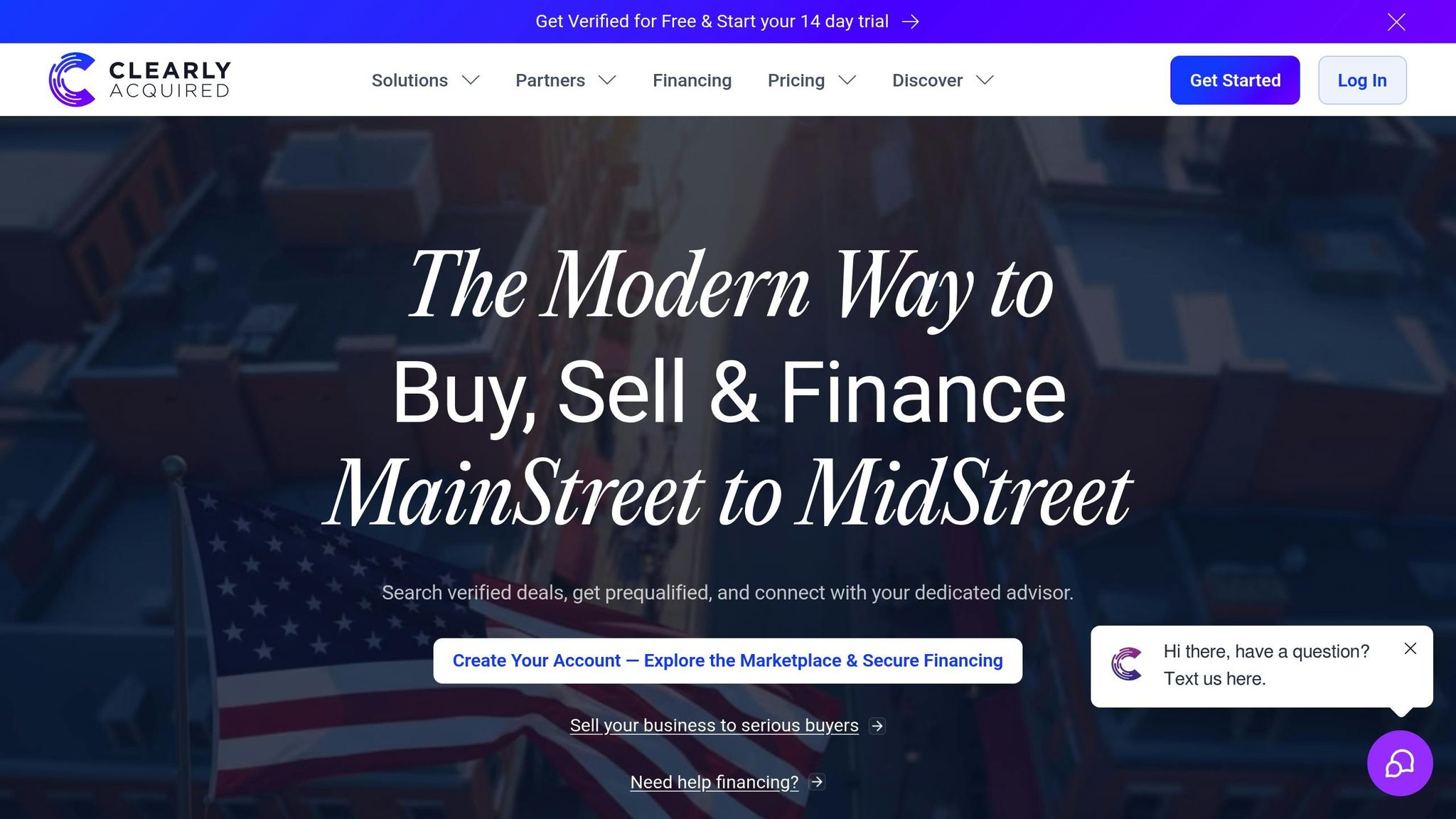
Clearly Acquired streamlines the documentation process with user-friendly tools and automated workflows. Their secure data rooms provide a centralized platform where buyers, sellers, and lenders can share sensitive financial documents safely, with controlled access.
The platform's automated document collection feature ensures you gather all necessary materials before submitting your application. Tailored checklists and reminders help prevent delays caused by missing paperwork.
Additionally, Plaid integration speeds up financial verification by securely connecting your bank accounts and financial institutions. With built-in deal management tools, you can organize all acquisition-related documents, presenting lenders with a complete and professional loan package.
sbb-itb-a3ef7c1
How to Qualify for a Business Acquisition Loan
Securing a business acquisition loan takes careful preparation and a clear understanding of what lenders expect. To stand out as a strong candidate, you need to prove your financial stability, highlight the potential of the business you're acquiring, and show that you're well-equipped to manage the acquisition. Here's how to get started.
Prepare Your Financial Profile
Lenders will closely examine your financial stability and creditworthiness. Start by reviewing your credit score - ideally, it should be 650 or higher. If there are any errors in your credit report, fix them promptly. Reduce your debt and ensure all payments are made on time to further improve your score.
Gather essential financial documents, including personal and business tax returns from the past three years, interim financial statements, debt schedules, and guarantor statements. These documents not only provide transparency but also show lenders that you're organized and serious about the process.
Another key step is building your cash reserves. Lenders want to see that you have enough liquidity to handle loan payments even during tough times. This reassures them that you can cover both the upfront costs of the acquisition and ongoing operational expenses without overextending yourself.
For a smoother process, consider using Clearly Acquired's pre-qualification tools. They help streamline the financial verification process, making it easier to present a strong case to lenders.
Once your financial profile is in good shape, the next step is crafting a business plan that demonstrates your vision and strategy.
Create a Strong Business Plan
A well-thought-out business plan is more than just a formality - it’s a tool that can make or break your loan application. Even if it’s not a strict requirement, a solid plan can significantly improve your chances of approval.
Your plan should include detailed financial projections, covering cash flow, expenses, and any additional investment needs. Show how the acquisition will drive long-term profitability and provide realistic timelines for achieving those goals.
Outline your operational strategy for running and growing the business under your ownership. Highlight your experience, skills, and vision, and include a market analysis that demonstrates your understanding of the competitive environment and customer base.
Be upfront about potential challenges. Include contingency plans that explain how you'll address unexpected issues. This shows lenders that you've thought through various scenarios and are prepared to adapt if needed.
"A well-prepared buyer who understands both the numbers and the narrative earns lender confidence faster." - PGCOC
Your business plan should be data-driven, covering capital needs, strategies for success, and your ability to meet credit obligations, even during downturns. This level of detail reassures lenders that you’re not only serious about the acquisition but also capable of managing it effectively.
With your plan ready, the final step is to establish open and professional communication with lenders.
Work with Lenders
Building strong relationships with lenders is crucial. Transparency and thorough preparation go a long way in earning their trust. Be upfront about potential risks - this demonstrates that you’ve done your homework and are approaching the acquisition responsibly.
Prepare an inventory of collateral to back your loan. This could include tangible assets like equipment and inventory or intangible ones like customer lists and intellectual property. Having a clear list of available collateral strengthens your application.
Clearly Acquired’s lender matching services can simplify this process. Their platform connects you with lenders whose credit requirements align with your financial profile and the specifics of your deal. They also specialize in identifying lenders who are experienced in your industry or transaction size, which can save you time and improve your chances of approval. Additionally, their secure data rooms make it easy to share organized documents with lenders, showcasing your professionalism and commitment to the process.
Getting the Right Loan for Your Business Acquisition
Finding the right loan for a business acquisition is about more than just securing funds - it's about ensuring the financing aligns with both the deal itself and your long-term objectives. To make the best choice, it's essential to explore your options thoroughly and compare lenders with care.
Start by defining your acquisition goals. Once you have a clear picture, evaluate loan options by looking at what different lenders offer. Some lenders specialize in certain industries or business types, while others provide specific financial products like secured loans, asset financing, or invoice financing. It's important to choose a lender whose offerings align with your acquisition needs and the industry you're targeting.
Interest rates and fees can vary widely, so don't just focus on the advertised rates. Dig deeper into the overall cost of borrowing, including origination fees and other associated expenses. Additionally, take a close look at the loan terms and repayment schedules. Consider factors like the repayment period, the total loan duration, and whether there's flexibility to adjust payment schedules if needed.
Platforms like Clearly Acquired simplify the process by connecting you with lenders who specialize in your industry. They also make document sharing more efficient, ensuring you work with institutions that truly understand your acquisition goals and can offer financing terms tailored to your specific deal.
FAQs
What are the pros and cons of using seller financing instead of a traditional bank loan for buying a business?
Seller financing comes with some appealing benefits. For one, qualifying is often easier, as sellers usually don’t enforce the same strict credit checks that banks do. It also offers flexible repayment terms, which can be adjusted to better match the buyer’s financial situation. On top of that, seller financing creates a shared interest in the business’s success, as the seller has a stake in ensuring the buyer succeeds.
That said, there are some drawbacks to consider. Sellers usually set the loan terms, and these can sometimes mean higher interest rates compared to traditional bank loans. Plus, the loan amount might not cover the full purchase price, leaving buyers to find additional funding elsewhere. Always review the terms carefully to make sure they align with your financial plans before moving forward.
How can I strengthen my financial profile to qualify for a business acquisition loan?
To boost your chances of securing a business acquisition loan, focus on these essential steps:
- Strengthen your credit: Pay bills on time and reduce any outstanding debt to maintain solid personal and business credit scores.
- Demonstrate financial stability: Show consistent cash flow that can comfortably cover loan payments, and avoid recent financial issues like bankruptcies or tax liens.
- Organize comprehensive documentation: Collect key financial records such as tax returns, balance sheets, profit and loss statements, and cash flow reports for both yourself and the business you want to acquire.
- Develop a detailed business plan: Clearly outline your strategy for managing the acquired business, including financial forecasts and growth objectives.
- Showcase relevant experience: Highlight your background and expertise in managing or operating similar businesses to build lender confidence.
Following these steps can help you make a strong impression on lenders and increase your chances of getting the loan you need to acquire a business.
Why is a business plan important for getting a business acquisition loan, and what should it include?
A solid business plan is crucial when applying for a business acquisition loan. It reassures lenders that you have a well-thought-out strategy to make the business thrive. This includes outlining how you’ll generate revenue, control expenses, and achieve sustainable profitability.
Make sure your business plan covers the essentials: detailed financial projections, an in-depth market and competitor analysis, and a clear explanation of how the acquisition fits your overall goals. Highlight your relevant experience, the strengths of the business you’re acquiring, and how the loan funds will contribute to its growth. A thorough and realistic plan significantly increases your chances of getting lender approval.













.png)


























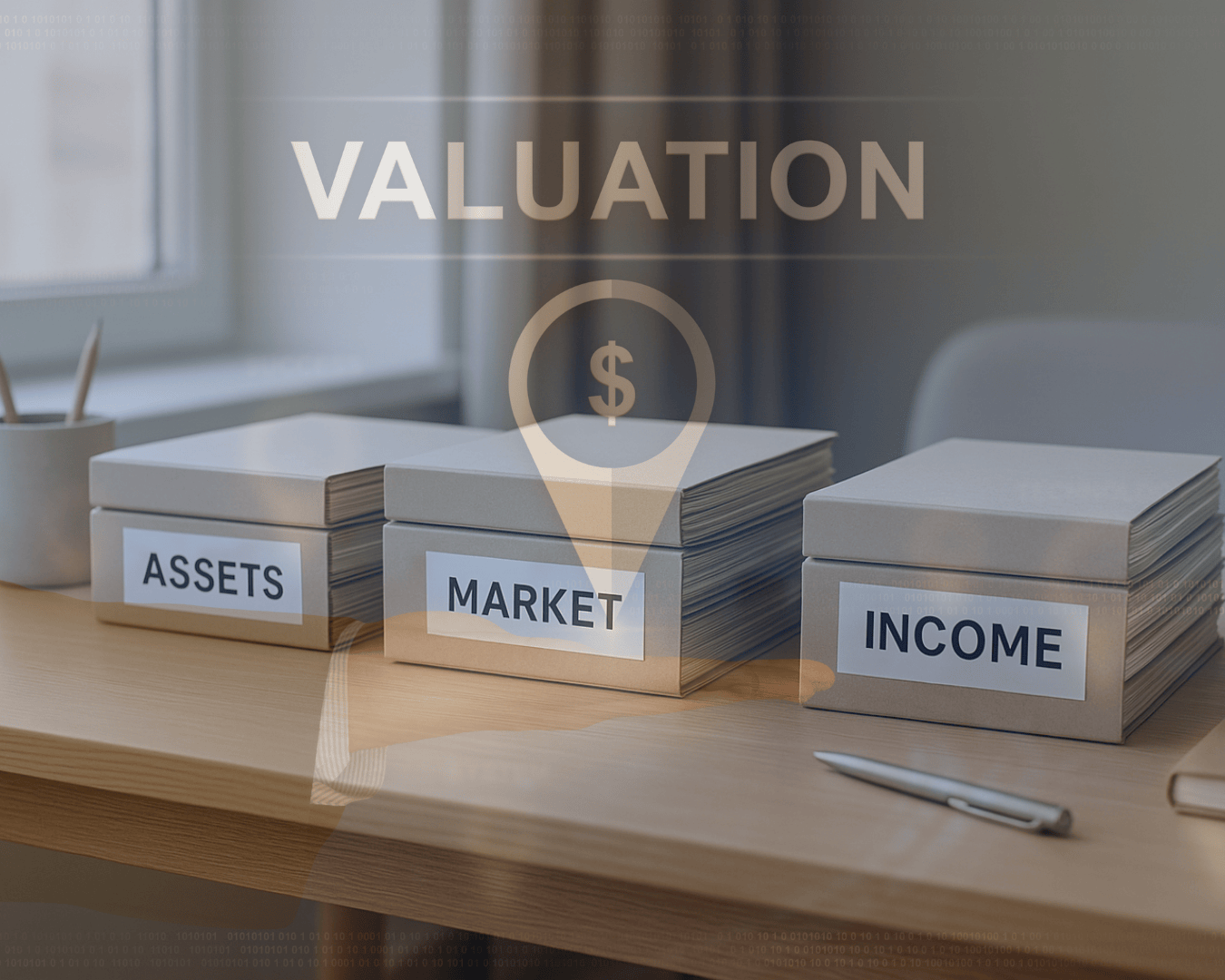


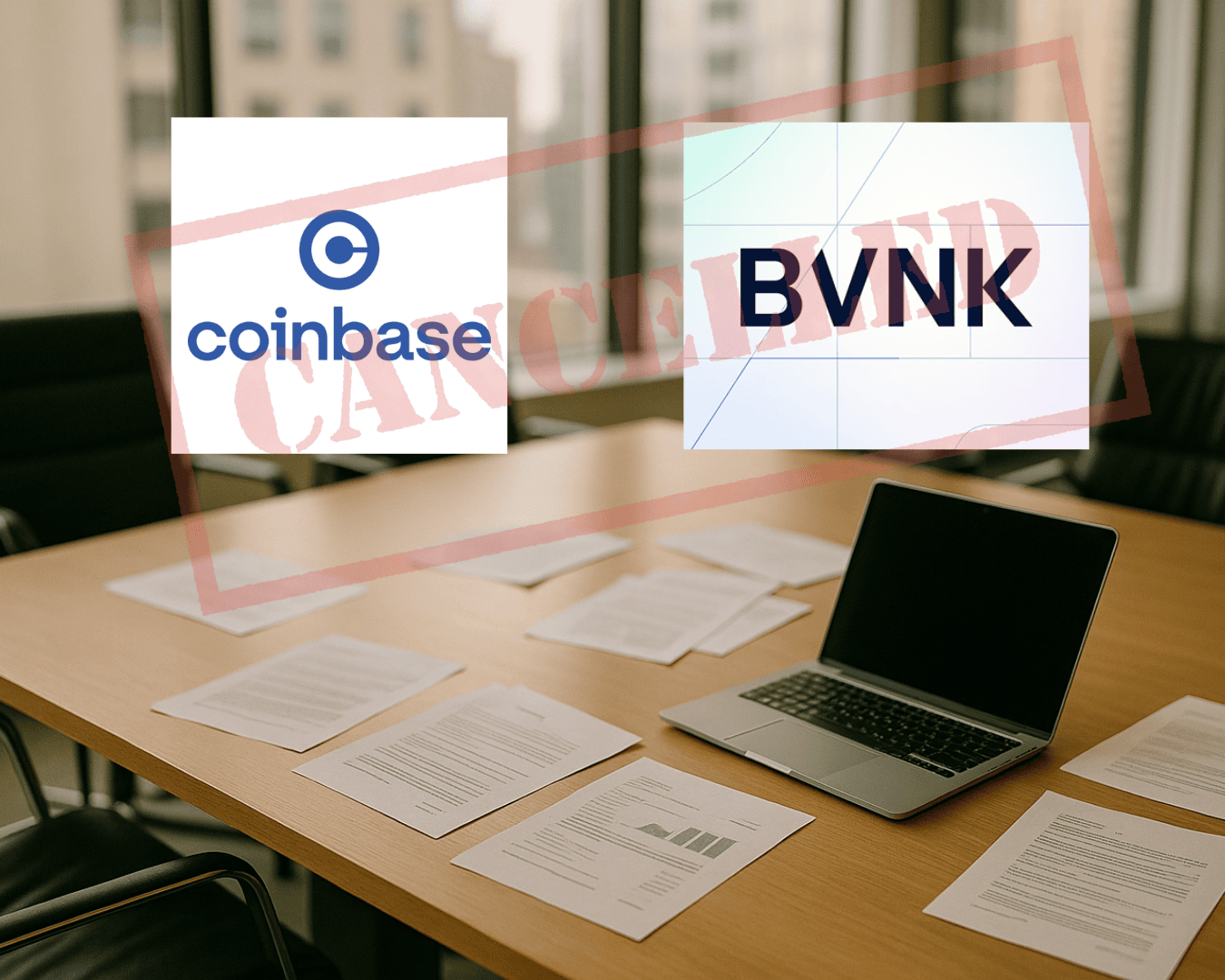









.png)

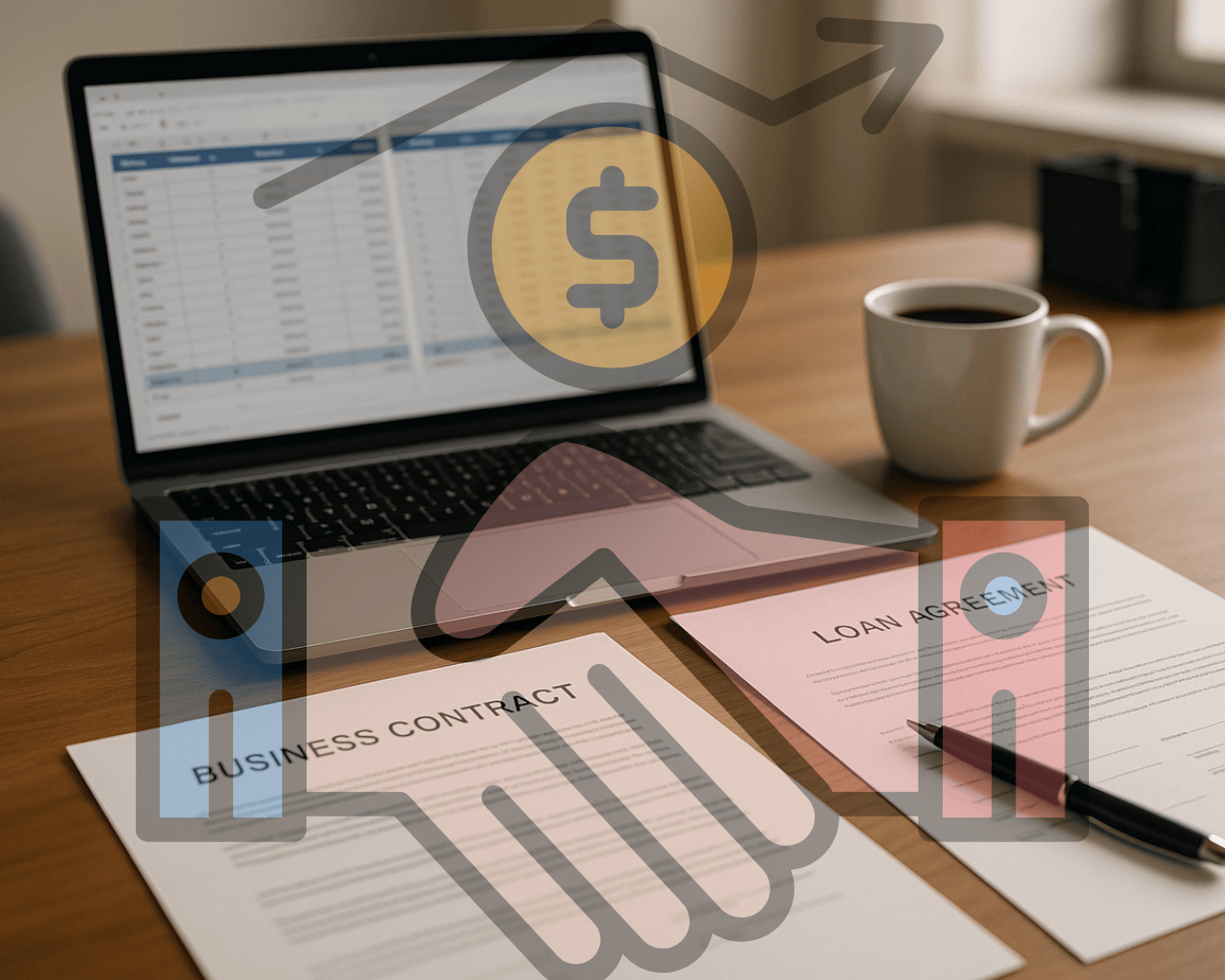


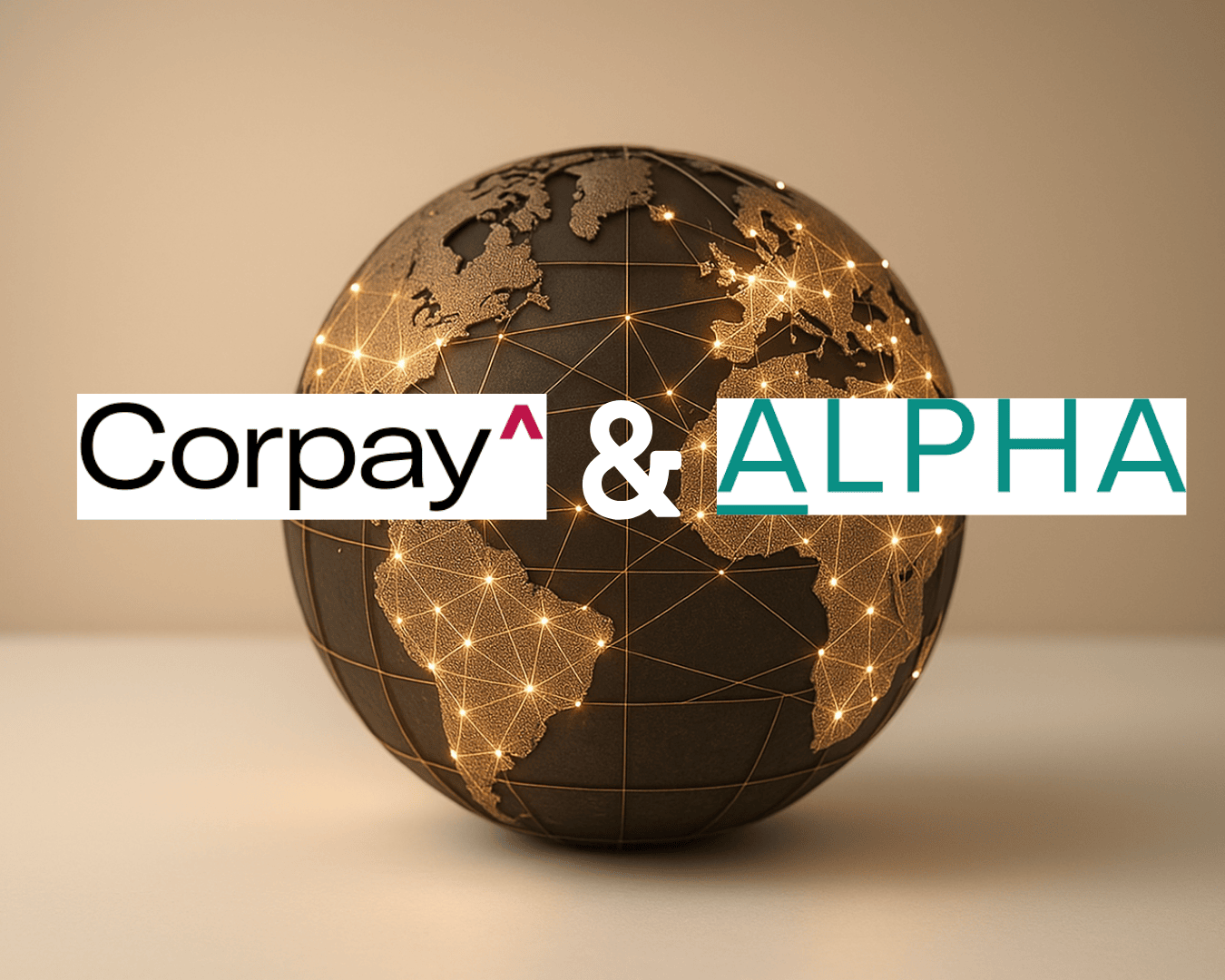





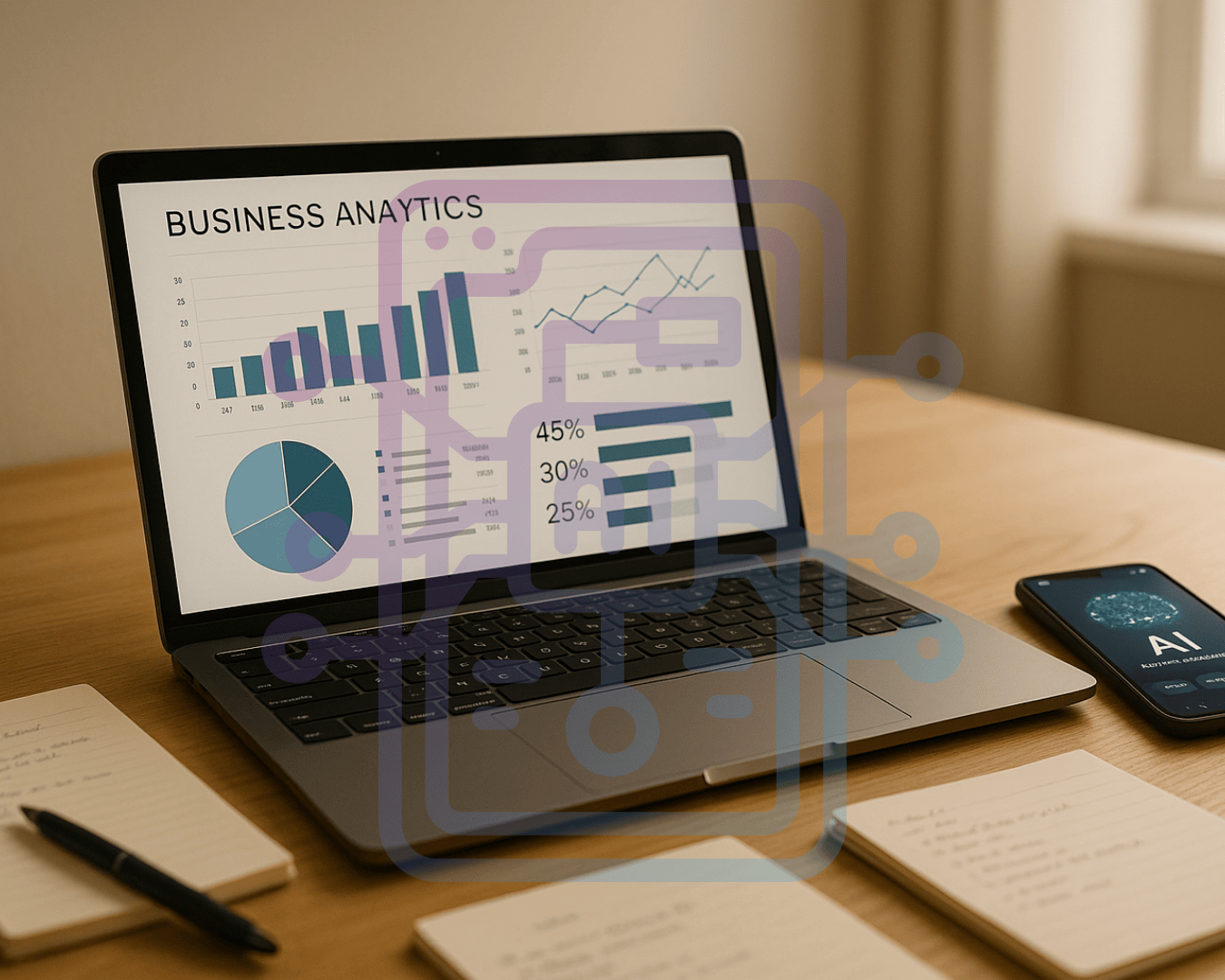






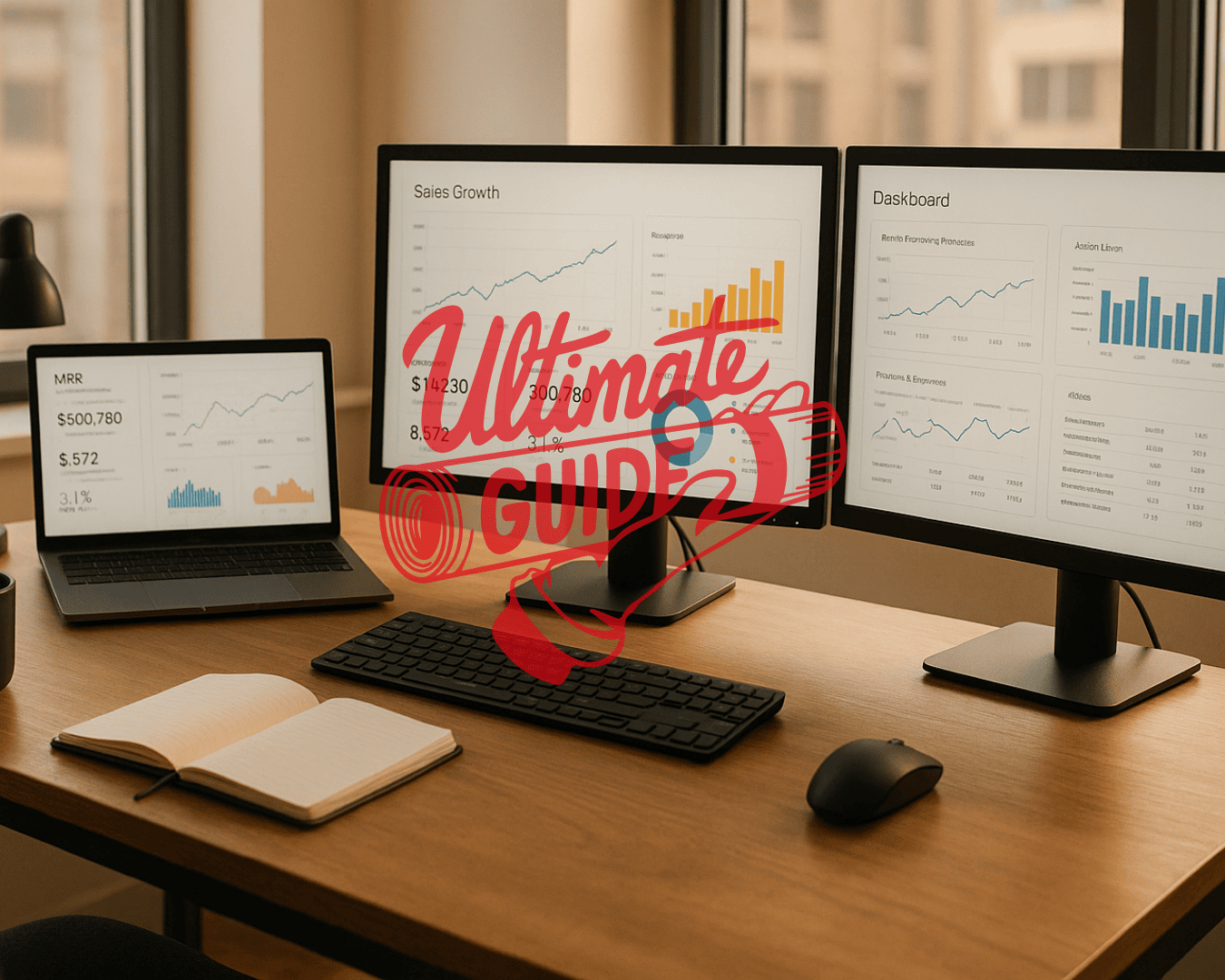




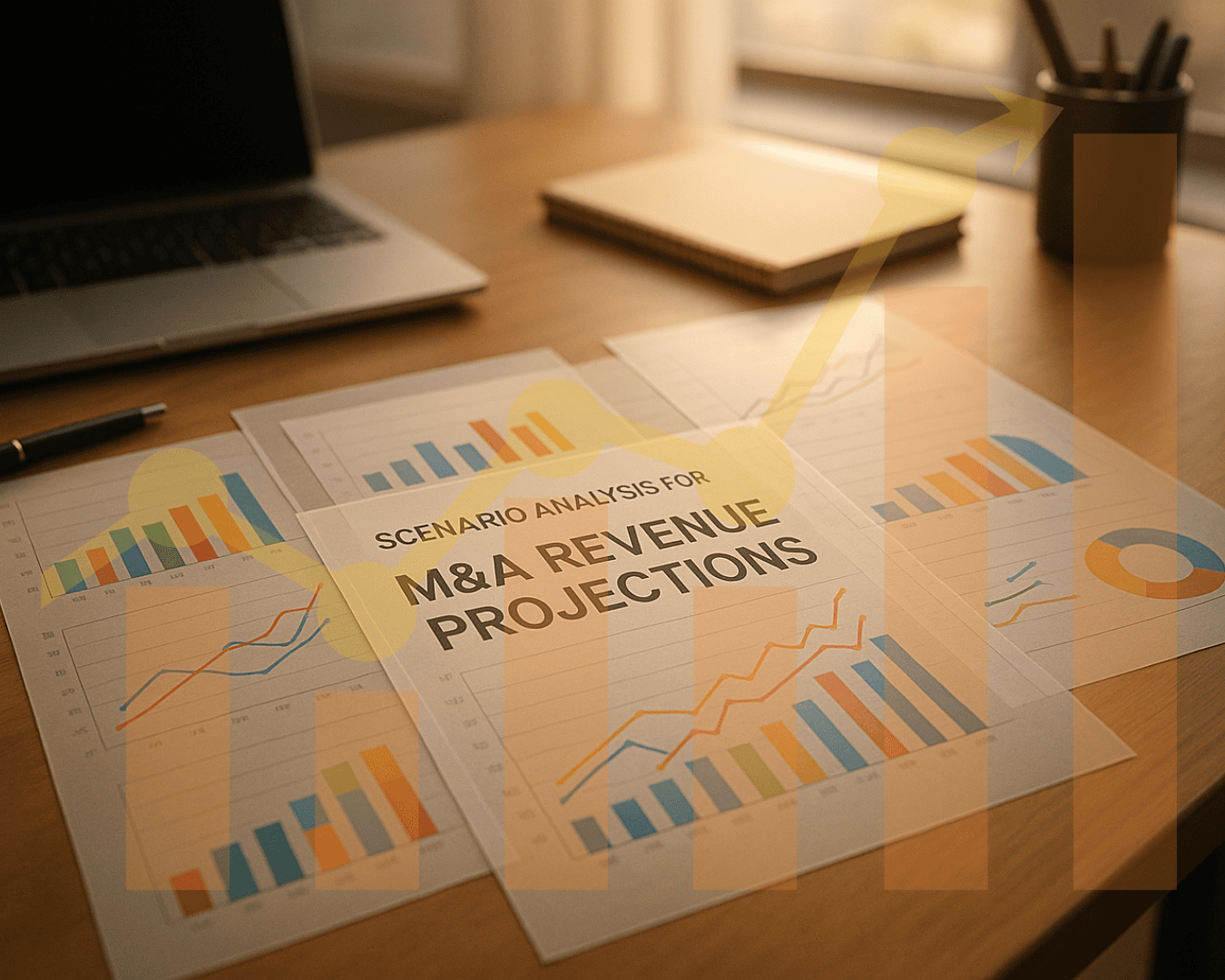





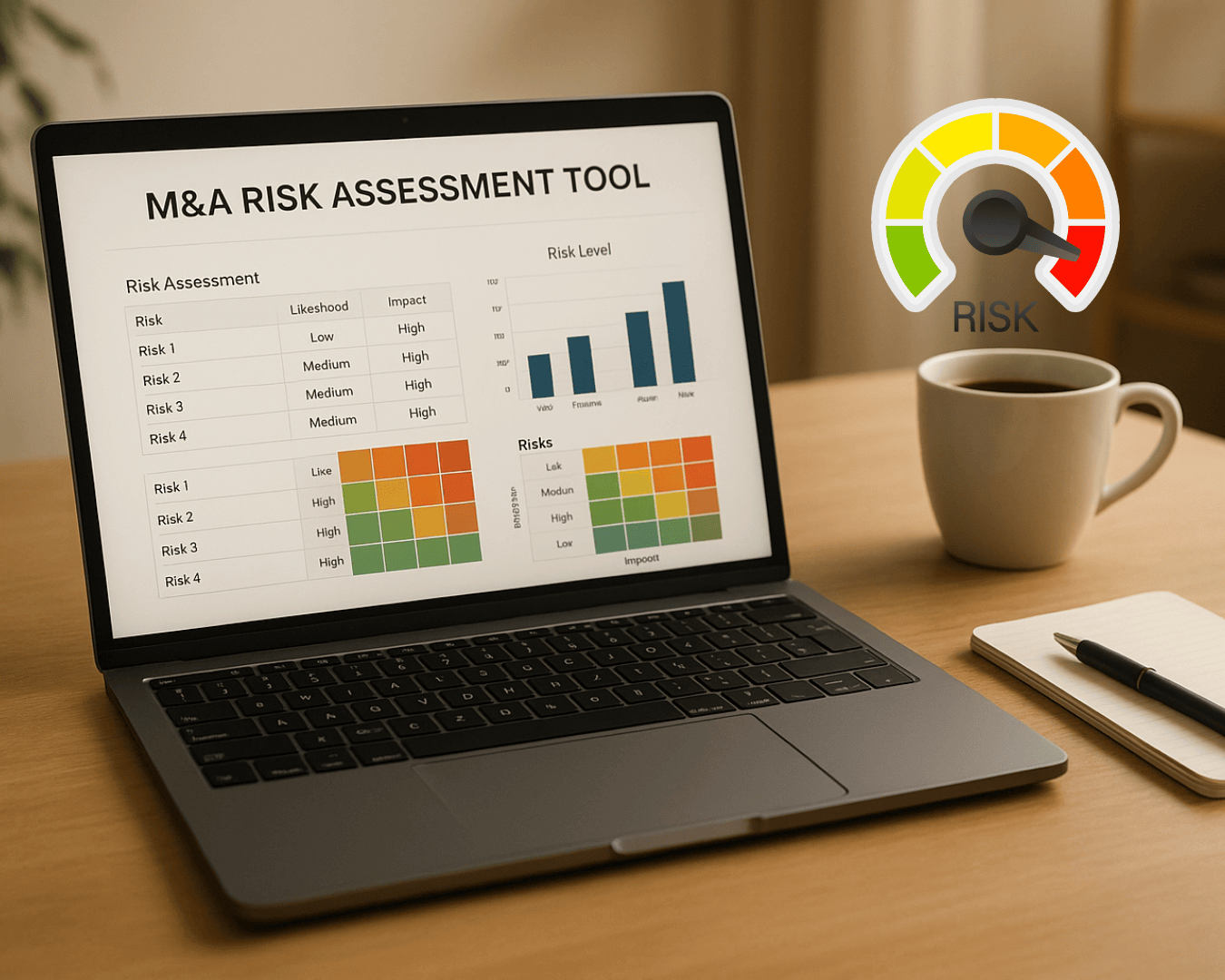

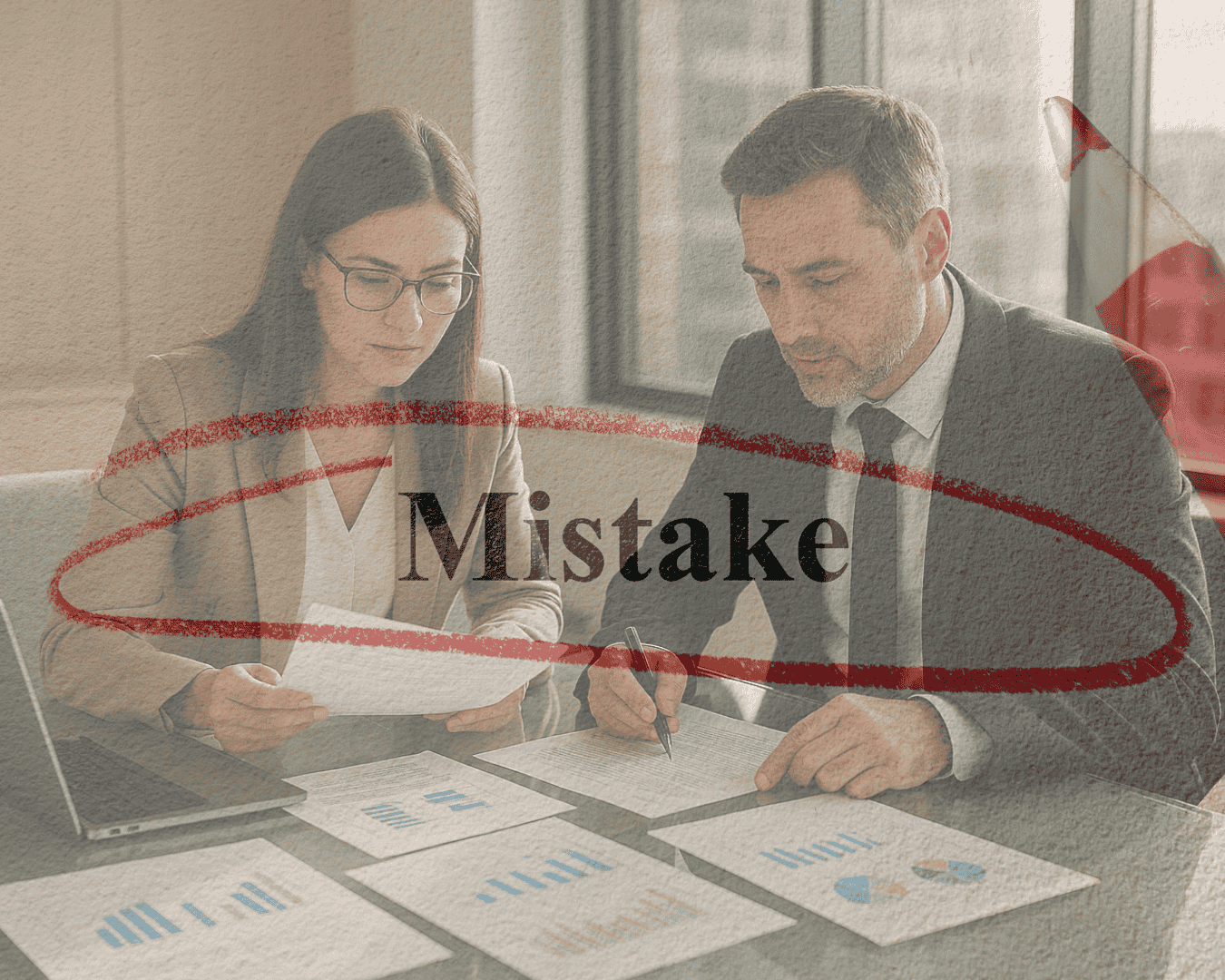
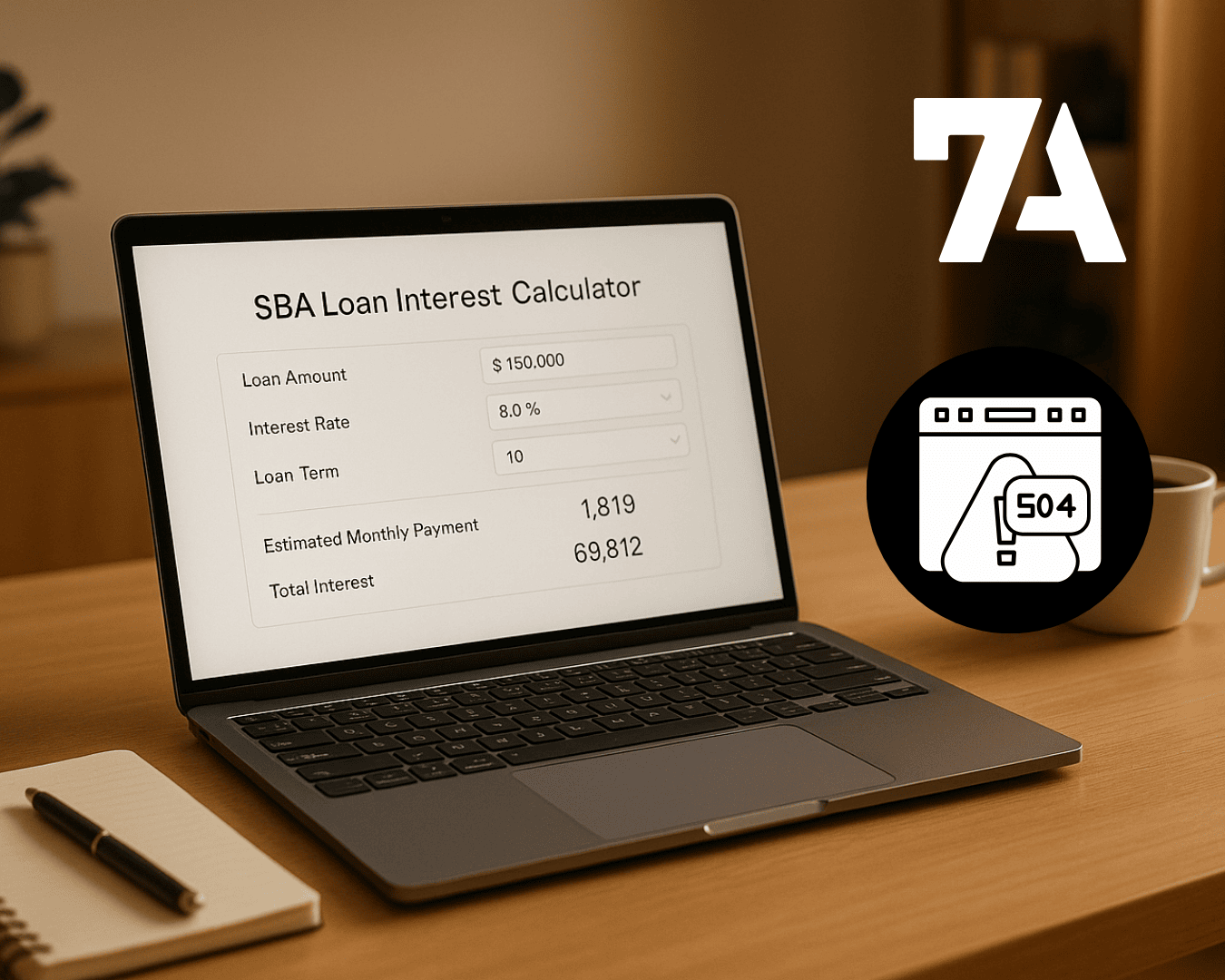








%20Loan%20Application%20Checklist.png)
